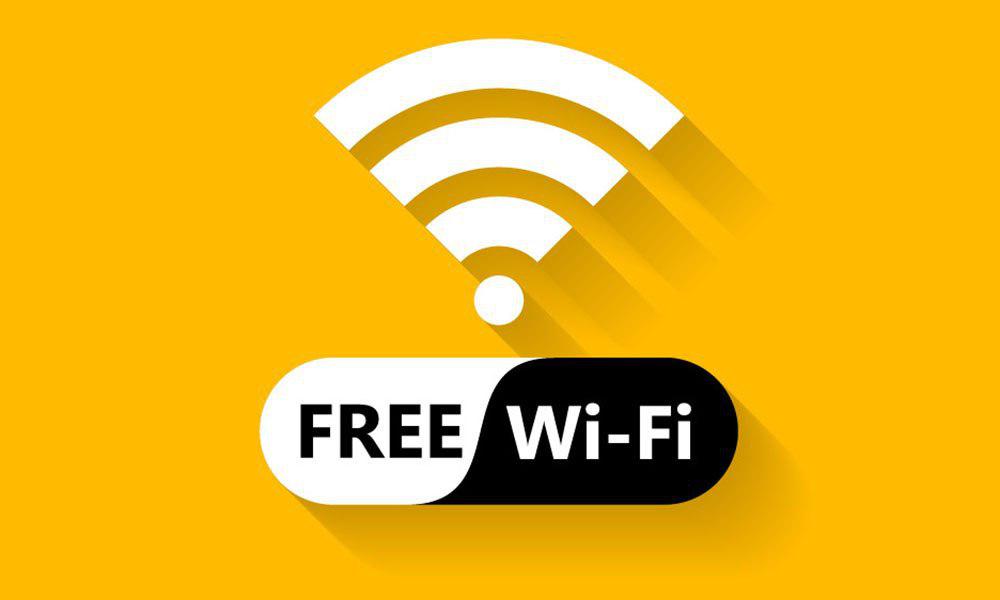Additionally, public Wi-Fi prevents people from having to use expense data while on mobile devices.
The only downside to public Wi-Fi is the fact that it is incredibly unsafe to those who use it.
The amount of digital attacks that happen over public Wi-Fi are staggering and have people desperately looking for the best VPN service.
Don’t worry! We are here to discuss the ins and outs of public Wi-Fi and how you can protect yourself from cyber-attacks.
Why Public Wi-Fi is Unsafe
Public Wi-Fi is so appealing because it is easy to access, free, convenient, and necessary to a lot of people. Unfortunately, these exact perks are the reason so many cyber-criminals use public Wi-Fi as a means of attack.
When you access a public Wi-Fi connection your data goes out, unencrypted, for anyone with savvy enough eyes to see. Once a cyber-criminal has decided to target users of a particular Wifi connection there are all sorts of havoc they can wreak.
Hackers can create spoof hotspots to confuse users and trick them into connecting to a fake wireless connection being observed by criminals. Additionally, some hackers use the unencrypted connection to plant malware on users which can result in leaked data in the form of private information, passwords, and much more.
There are dozens of ways that cyber-criminals can use public connections to intercept your data and information, but there are just as many ways to protect yourself from these attacks ever taking place.
How Can You Protect your Data?
Being aware of all the dangers of public Wi-Fi might make you want to never use it again, but we are going to show you some tricks to maintaining your digital anonymity while accessing a public network.
Turn Off Sharing
One way to protect yourself is to turn off sharing on all of your devices. This will help prevent your device from sharing personal or private information into nefarious hands.
Use Encrypted Websites Only
Another method is to only use websites that begin with HTTPS, which denotes an encrypted website where your logged information is secure from prying eyes. These types of websites can sometimes be identified through the use of a small lock prefixing the URL.
Use a Virtual Private Network
The last and most effective method is to use a virtual private network or VPN. VPNs offer military grade encryption, true anonymity through spoofed IP addresses, and a totally secure tunnel through which you can safely use any internet – even public.
VPNs are great for protecting yourself from cyber-attacks but also have many more perks. The level of amenities with your VPN will be dependent on whether you want to pay or use a free service.
Even a free service, so long as they are reputable, is capable of providing the security and anonymity needed to protect yourself while using public Wi-Fi.
Conclusion
Public Wi-Fi can be a fantastic thing. It is great to be able to check your bank account when you see that great piece of furniture is on sale. To have the option to facetime a friend before you decide on which outfit to buy. To quickly be able to pull up the address of the next place on your agenda.
With a little effort and the help of a virtual private network, there is no reason to let cyber-criminals deter you from taking advantage of a time and money saving option.
Yes, there are people out there who are waiting for others to use free Wi-Fi connections so they can access their data, but simply giving in to the fear of these criminals lets them win.
Instead, you can take the power back and revel in your privacy and security.
